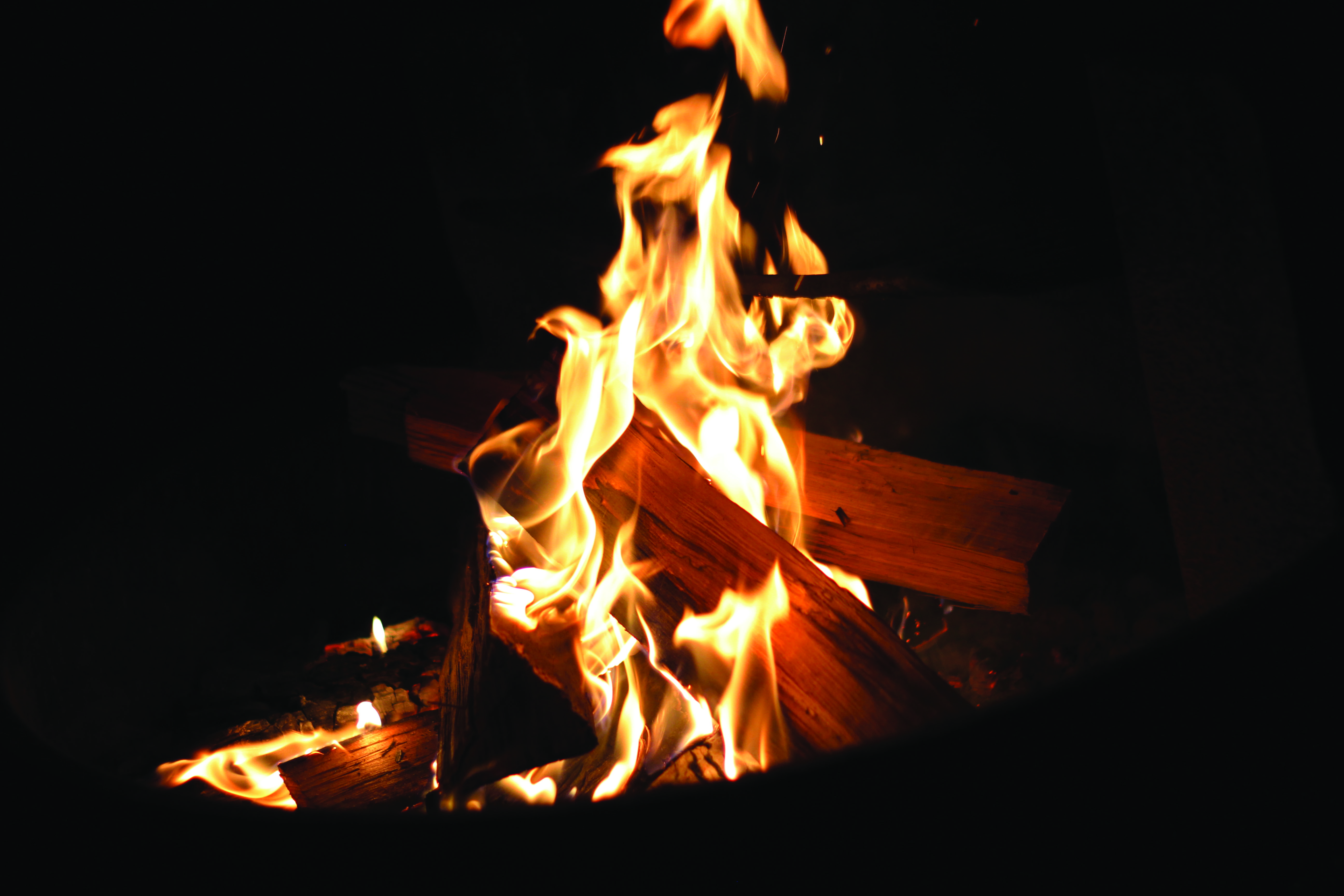By Ramon Guivas, Contributing Writer
The fall semester is a great time for outdoor adventures as autumn brings the best out of the forest. Colorful leaves and cool weather can tempt almost anyone to the woods for a day or two. The possibilities are endless when you’re outside, and exploring a new way to experience creation is always rewarding. If you want to go on a trip but aren’t sure how to get started, consider this a crash course in camping.
Essentials:
- Shelter: If you’re feeling fancy, you can bring along a whole tent. If you’re feeling a bit more modest, you can sleep on a single tarp under the stars. Hammocks have added a whole vertical component to sleeping outside and keep you off the forest floor.
- Food: Bring snacks like homemade trail mix, small chocolate bars and dried fruit to keep you energized. For longer trips, instant rice, canned chicken (no, it isn’t that bad) and Bisquick are great options. PRO TIP: Never forget the spices! You’ll never miss salt more than when you’ve put in a tough day outdoors and have a bland meal. Also, you must remember to pack enough water for your trip. Water from streams and creeks is only safe if you treat it with special chemicals to remove potentially harmful bacteria and parasites.
- Clothing: This should be your top priority, but you don’t have to spend a fortune. Take a moment to look at the weather forecast and pack accordingly. In cooler temperatures, try to pack layers that can be removed while you’re active and put back on while you’re taking a break. PRO TIP: Always bring extra socks and a beanie. Wet/cold feet and a cold head are no fun when you’re trying to sleep or explore the gorge. Continually wet feet lead to blister.
Starting a fire:
- The picture in your head of an ideal campsite may include that roaring bonfire, but in many cases, it’s excessive, harmful to the environment or illegal. There is a time and place for a cozy fire, and if you find yourself in need of a little warmth, it can be a great option.
- If you’re going to start a fire, you’ll want to build it in an existing fire ring to minimize its impact on the campsite. The trick to getting your fire going is to start with very fine dry material, like pine needles or wood shavings.
- Once you have some embers, add increasingly large sticks, starting with fine twigs and ending with sticks the size of your thumb. Lightly blowing on the base of your fire will spread the flames more quickly to the fuel you’re adding.
- You don’t need to build up a bonfire, but add as much wood as you need to stay comfortable. Try to get all your wood together before you start the fire, so you don’t have to leave once it’s going.
- Make sure to put the fire out before you go to sleep. Most of the time there are alternatives to fire that accomplish the job much more efficiently. A light-weight camping stove, for example, will cook food much more quickly due to the more direct flame.
Basic Tips:
- To avoid poison ivy, just remember that “if it’s hairy, it’s scary.” Most of the time, poison ivy grows as a small three-leaved plant, but it can also form hairy vines that grow on tree and rock faces. You won’t notice the vines until you’ve already leaned against a tree, so watch where you’re putting your hands and you’ll be fine.
- Don’t leave open bags of food or other smelly items in your tent. Critters, like squirrels and raccoons, have been known to gnaw holes in tents to discover the source of such odors.
- Be prepared for rain. Even if you don’t see rain in the forecast, bring a light jacket or umbrella. Weather, especially in Kentucky, has a bad habit of changing at unfortunate times.
- Always bring a deck of cards with you. If it rains and you’re stuck in your tent all day, you’ll be thankful for any sort of entertainment.
Photo by Rebecca Hurshman


